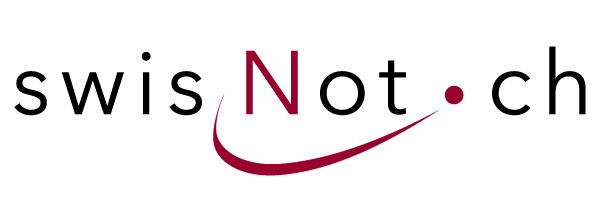Partial indirect liquidation and transposition
Jean-Frédéric MARAIA, Tax Lawyer in Geneva
Under Swiss law, capital gains realised on elements belonging to private assets of a Swiss-resident taxpayer are exempt from both Federal and canton income tax (capital gains from real property are nonetheless subject to special real property tax at the canton level). Such gains should be distinguished from income representing asset earnings which is fully taxable.
Cases of partial indirect liquidation and transposition are precisely earnings from taxable moveable assets. In practice the problem resides in the fact that, for the average taxpayer, the operations leading to the indirect partial liquidation or to the transposition, appear a priori, as transactions generating capital gains because it involves transfers of securities in consideration for money. It is thus sensible to define the conditions of the partial indirect liquidation and the transposition.
Conditions of partial indirect liquidation and of transposition
Up to the end of 2006, the questions of indirect partial liquidation and transposition were based on Article 20(1)(c) of the LIFD which, as a legal provision with economic connection, permitted the inclusion of the income resulting from these transactions. Case law established the conditions for the realisation of these two types of asset earnings. In effect there was a transposition when securities forming part of the private assets of the taxpayer were transferred into a company controlled by the latter in consideration for share assets such as company nominal capital or a loan. The partial indirect liquidation referred to the proceeds arising when a taxpayer sold securities forming part of his private assets to a natural or legal individual subject to the principle of accounting value and when the sales price was financed by the purchaser by means of funds from the sold company.
2004 marked a turning point when the Federal Court, declining to follow its case law, widened the cases of indirect partial liquidation to include a case where the price was financed, not by the sold company’s existing profits but by means of future profits (decision of 11 June 2004, ATF, RDAF 2004 II 360). The subject of strong criticism, this decision forced the legislature to overrule it by defining by law, the precise conditions for partial indirect liquidation and, at the same time, for transposition (from 1 January 2007 at a federal level [direct federal tax] and from 1 January 2008 at the harmonised canton level [canton and municipal taxes]
A partial indirect liquidation will now be realised if:
1. A shareholding representing at least 20% of the capital of a company with share capital or a co-operative is sold. This condition is also satisfied if a number of shareholders sell such a shareholding jointly or a number of shareholdings together representing at least 20% are sold over a period of five years;
2. The sale represents a transfer of private to business assets of a natural individual or a company;
3. Assets exist at the moment of the sale not required for the running of the business and available for distribution pursuant to commercial law;
4. These assets are distributed over the period of five years;
5.The distribution is effected with the participation of the seller (that is that he knows or ought to know that funds are raised from the company to finance the purchase and that they will not be paid to him).
Taxable income thus corresponds to the assets not necessary for running the company, available for distribution, existing at the moment of the sale and distributed over the period of five years. A partial indirect liquidation is thus excluded if the price is financed by future profits. In addition, the deadline of five years limits over time the taking into account of the conduct of the purchaser in the valuation of the condition linked to distribution. Moreover, since the introduction of the principle of capital contribution in 2011, the taxation of earnings depends on the recording in the accounts of the distribution in the capital company or co-operative whose shares have been sold.
It should be noted that in practice, taxpayers still have a quantitative problem involved in determining the assets not required in the running of the business. This difficulty is accentuated by the fact that, according to FTA Circular no. 14 of 7 November 2007 (available on the FTA’s site), the existence of such assets is not only related to the assigned company but also to the companies coming under the sole direction of the latter company.
So far as the transposition is concerned, this will be effected, under the new law, if:
1. A shareholding representing at least 5% of the capital of a company with share capital or a co-operative is transferred. This condition will also be satisfied if more than one shareholder effects the transfer jointly;
2. The transfer involves the transfer of private capital to commercial capital to a firm or company business;
3. The assignor or the person effecting the contribution holds a shareholding of at least 50% in the share capital of the acquiring company after the transfer.
4. The total consideration received is greater than the nominal value of the transferred shareholding.
The percentages of 5% and 50% identify the cases of transposition more clearly than in the past. Furthermore, until 2010 a transposition could be avoided in the case of the grant of a shareholding by a shareholder to a holding company controlled by the latter, by recording that part of the consideration exceeding the nominal value of the transferred securities in the reserve account (charge).
After the introduction of the capital contribution principle, a similar solution is possible, but the excess should be recorded in the “other reserves” account (as opposed to the capital account and the issued reserves of capital contributions account).
Geneva, 28.02.2011



